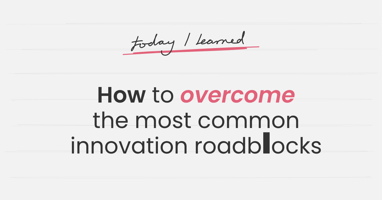Editor's note: This is the second in a series of three blog posts over the coming weeks. Read part one of this series.
Recently, I wrote about the constantly changing economic environment as the new norm and how some leading companies are recognizing they can use this new norm to their business advantage by fundamentally changing the Annual Operating Planning (AOP) cadence and process. In most companies, the AOP is a business process that normally sits outside of the day-to-day business operating process. Often this can be a problem because strategic plans and initiatives created during the planning stage get stuffed in a drawer during the operating/execution portion of the year. A recent informal survey suggests 78% of global companies miss over 50% of their strategic initiatives. Given all the time, energy and expense that go into the AOP process, this is a massive failure.
What Are Three Causes of AOP Failure?
- Lack of visibility and understanding across the masses. Most employees have little idea what their company's strategy is. If the employees don't understand your strategy and initiatives, how can you have a chance of achieving them?
- Failure to track initiative performance with the same importance and priority as tracking quarterly financial performance. I participated in a recent forum with executives from a number of large global companies and we were discussing the topic of initiative management. I was shocked to learn that on average global corporations do not scorecard their initiative progress! A colleague in our forum stated, “If the company paid our initiative owners for executing the initiatives like the bonuses to achieve quarterly objectives, we would improve our batting average dramatically.”
- Initiatives become irrelevant. Market conditions are changing at a pace that rapidly makes initiatives irrelevant, resulting in precious resources wasted on products and innovations that are not relevant to the market.
Keep in mind, most of my perspective and business engagement comes from working with large global companies in the consumer goods, chemical and high tech industries and I respect that there are different cadence models that work better across different industries. However, I believe that corporations will fundamentally transform their AOP from an annual planning process to an ongoing iterative 90 day cadence and those who don't will die. Some of our clients are even attempting to operate at a 30 day planning iterative cadence but question the real value.





